Wind volatility: second by second output data?
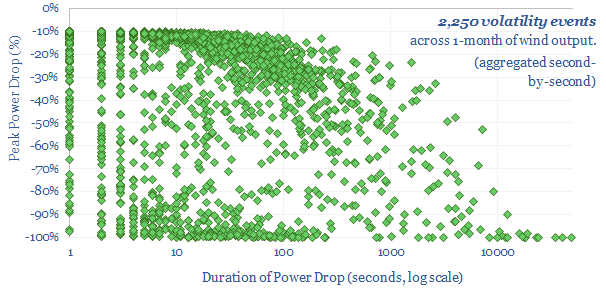
…of solar power. We were hoping that the second-by-second volatility of wind power would be less volatile. However, if anything, wind power is more volatile than solar. Volatility events for…

…of solar power. We were hoping that the second-by-second volatility of wind power would be less volatile. However, if anything, wind power is more volatile than solar. Volatility events for…
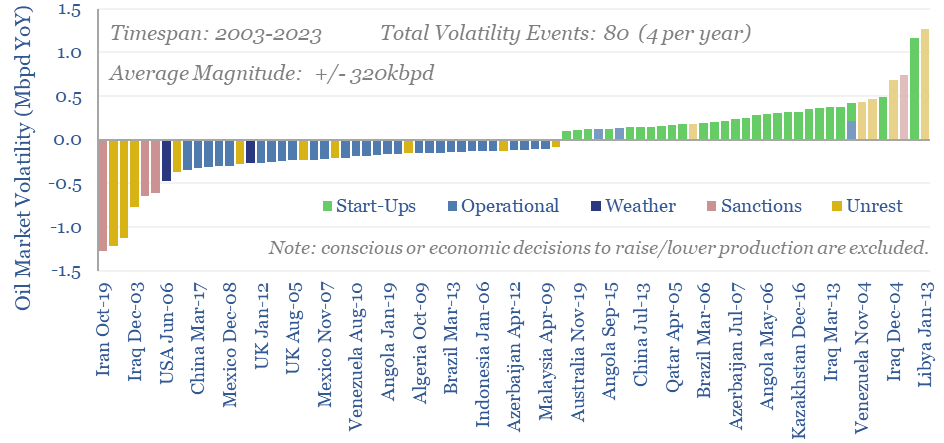
…volatility versus downside volatility? The statistical distribution of oil market volatility is quantified on pages 6-7. Disruptions can occur, but they can also reverse. Oil market volatility versus oil market…
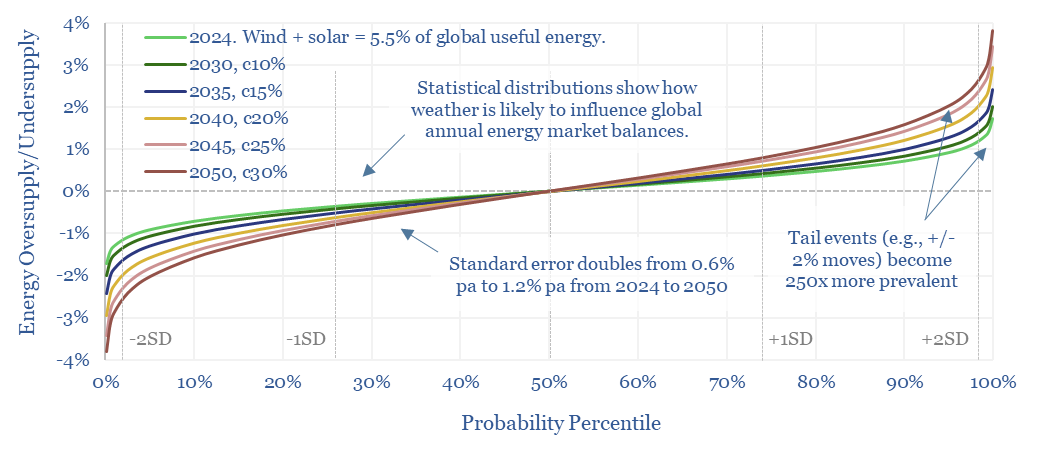
…Detailed numbers are given for the annual volatility of hydro (page 3), volatility of wind (page 4) and volatility of solar (page 5). The volatility of today’s incumbent energy sources…
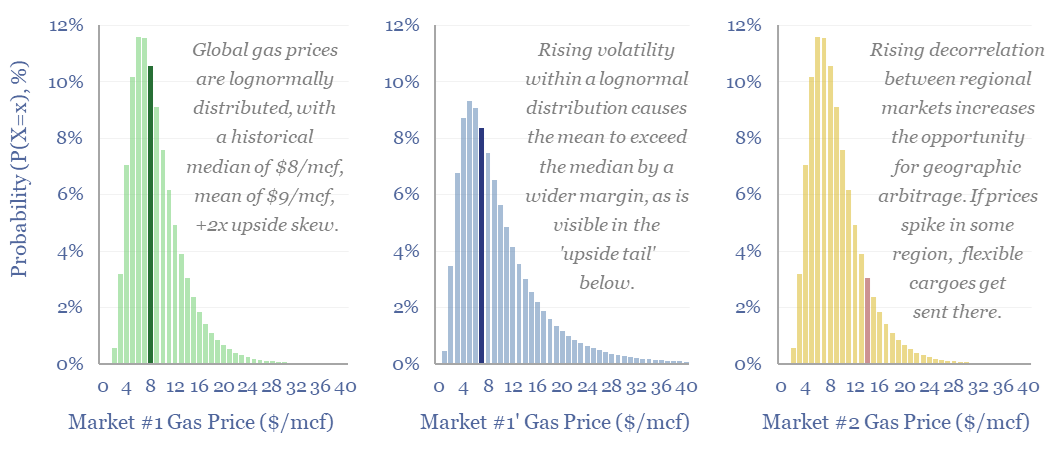
…cart Global energy markets are growing increasingly volatile, as argued in our January-2024 quantification of energy market volatility. Key reasons are the volatility of wind and solar, which are gaining…
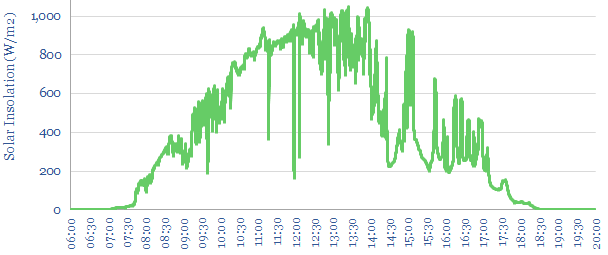
…shows the second-by-second solar output at a typical-good day, with relatively little short-term volatility. The statistical distribution of different days’ solar volatility is plotted in candlestick charts and marimekko charts…
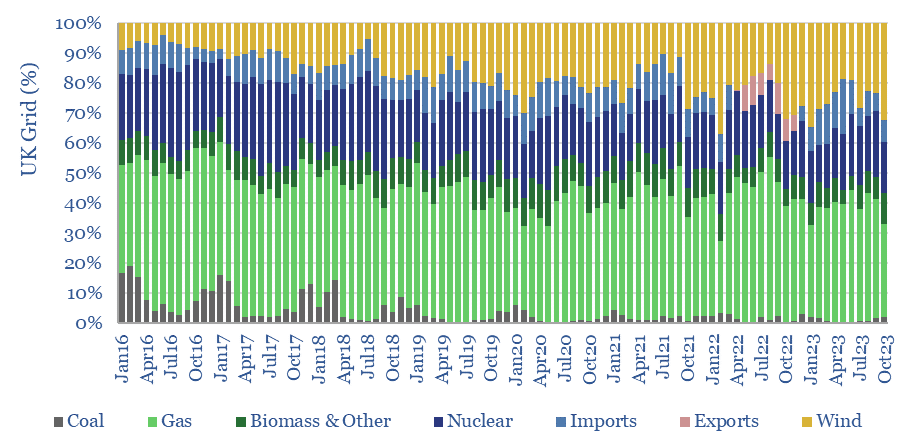
…time Power prices are therefore becoming more volatile, reflecting the increasing volatility of the generation mix. For example, the chart below shows the average daily ‘range’ between the highest and…
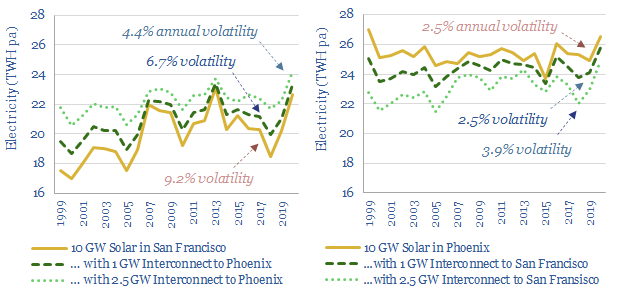
…and year-by-year volatility is 9% of the annual average. Solar insolation is volatile. It would be helpful for a stable grid to smooth each of these different time-periods of volatility….
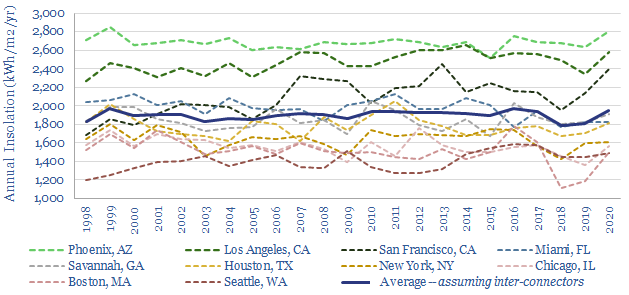
…economically smooth them. Solar heavy grids may thus become prone to unbearable volatility? Our 17-page note outlines this important challenge, and finds that high-voltage interconnectors cure renewables volatility most effectively….
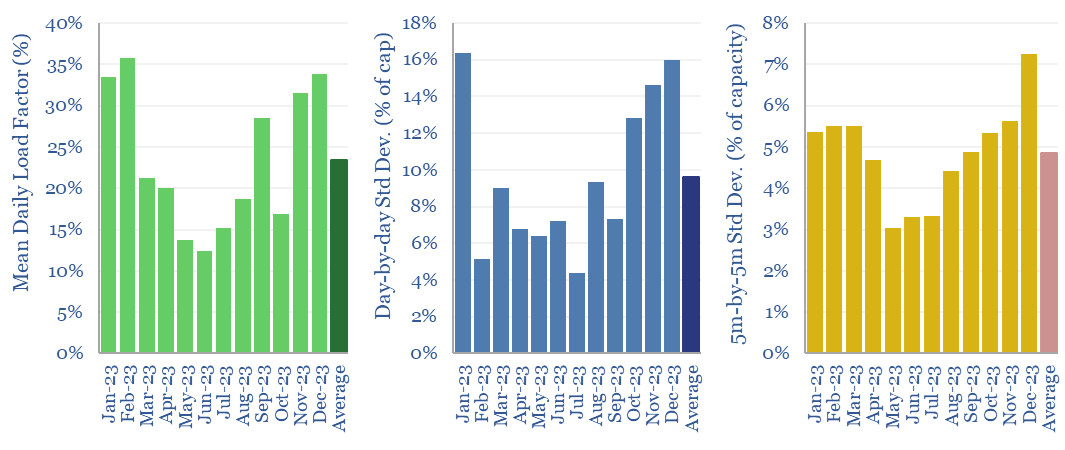
…is a nice way to visualize volatility. Conclusions are similar to other data-files we have compiled into solar volatility. We see increasing value in backstopping volatility across global energy systems….
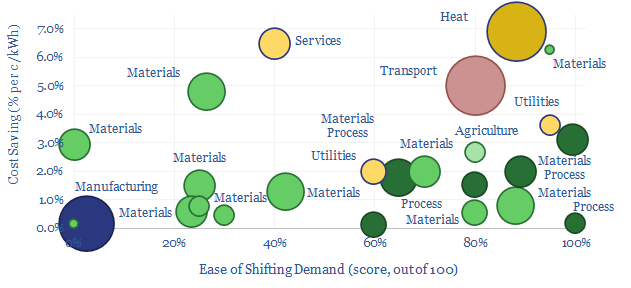
…as power grids become more volatile? Where? And how much? Five industries that seem best placed to us to benefit from grid volatility are discussed on pages 10-14. We also…